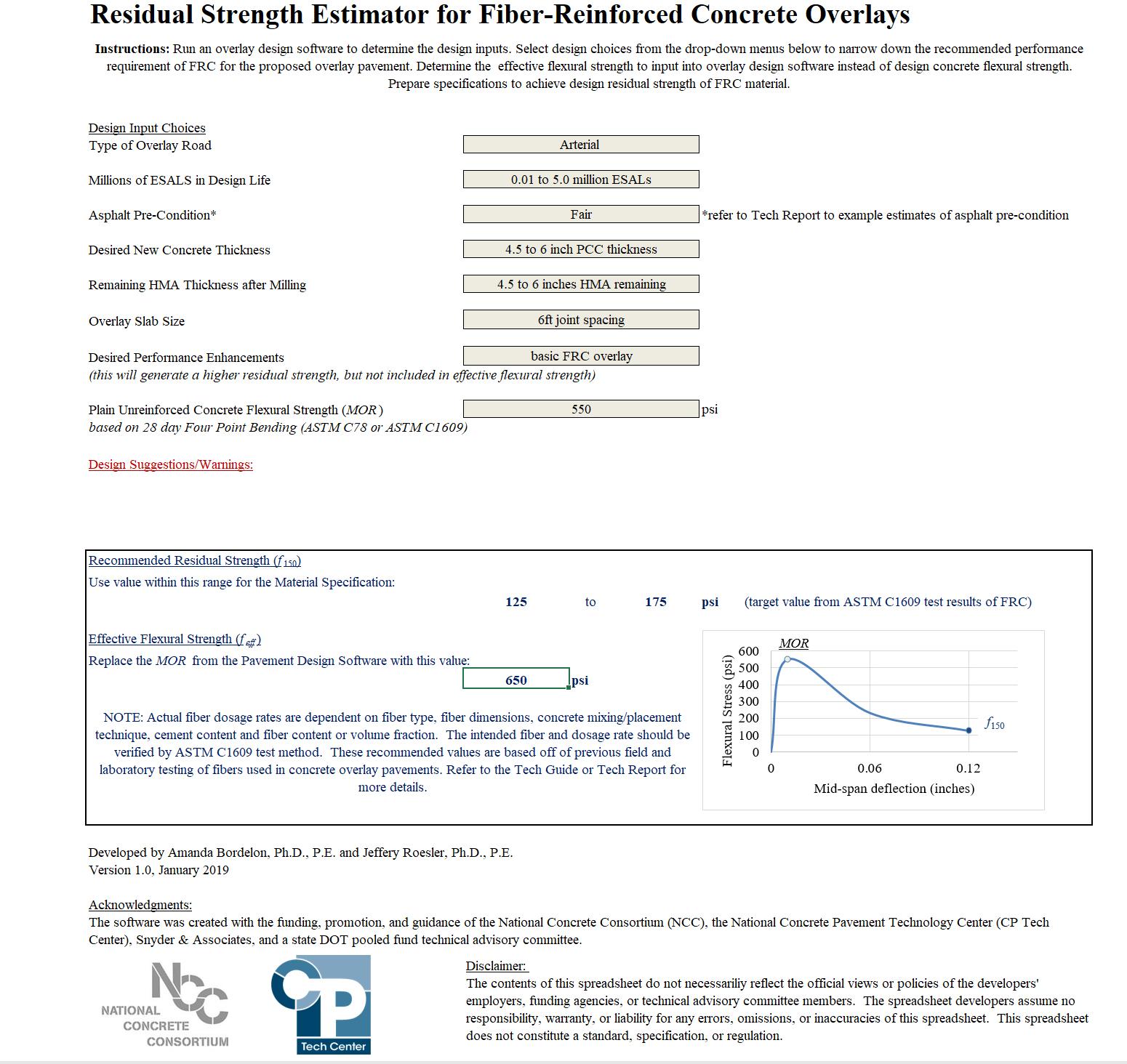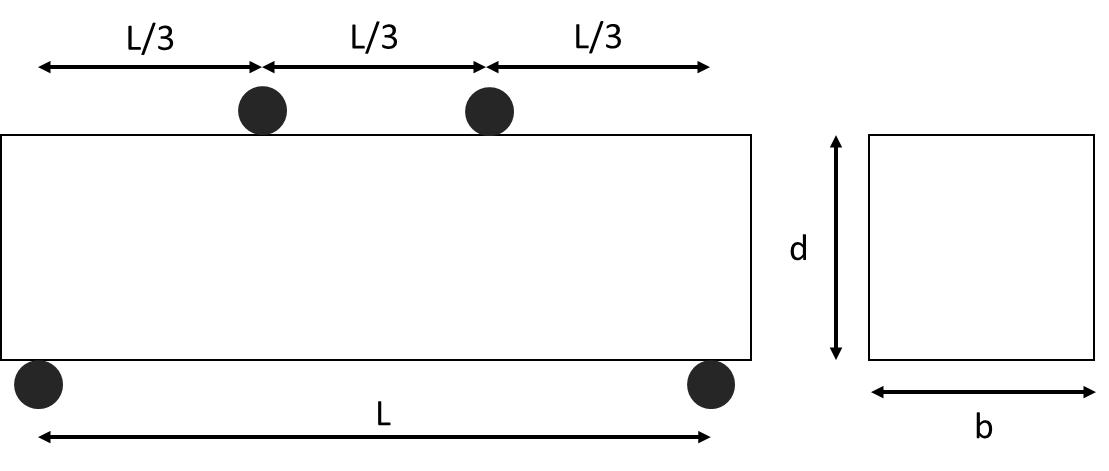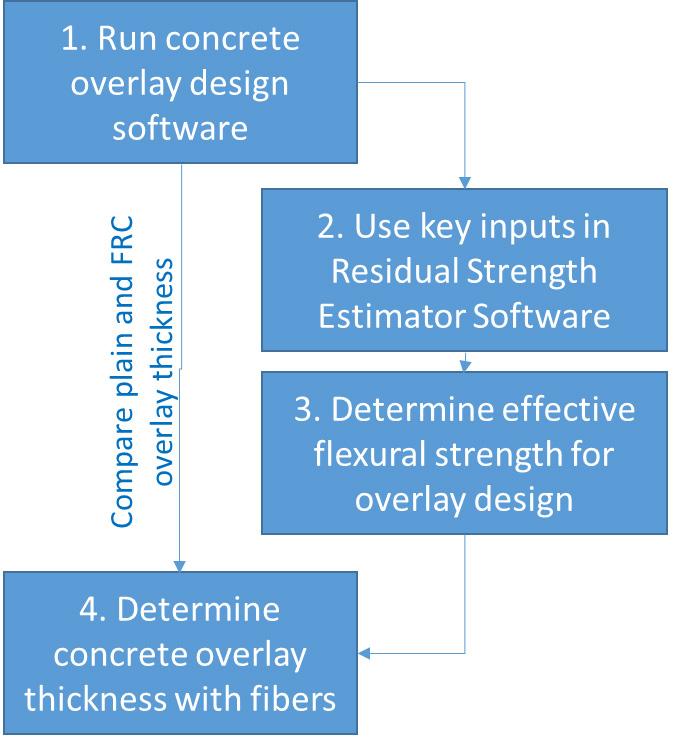
4 minute read
Run ASTM C1609 at a fixed age (e.g., 14 days) and
• the macrofibers are added too quickly to the mixer; • the macrofibers are added to the mixer before other ingredients ; • the macrofibers are already clumped together in delivery bags; • the macrofiber has a high aspect ratio (fiber length/diameter); • the concrete mixer is inefficient or has worn blades; • the concrete mixture is too stiff or has insufficient paste; and • the concrete is mixed too long after macrofibers are added
When fiber balling happens, the contractor or material supplier should decide the necessary adjustments to the concrete mixture design, batching, and mixing process to minimize future balling problems.
Advertisement
Proper sawcut timing is an important factor in FRC overlays, given that the concrete material is more resistant to crack growth. In addition, if shorter panel sizes are utilized, they do not generate as much internal stress in the material to cause joint development. Field observations of FRC overlay joints have shown that contraction joint activation can occur initially at every 4 to 20 joints. Transverse contraction joints in FRC overlays should be sawcut as early as possible with early-entry saws while minimizing joint raveling. Long-term monitoring has shown that almost all contraction joints activate over time, especially under traffic loading. Transverse contraction joints should be cut to 1/4 of the depth or at least 1-inch depending on the type of saw and assuming joint cutting is properly timed.
Longitudinal joints can be cut after the transverse joints, but typically must start within a few hours after the transverse joint cutting commences. These longitudinal joints should be sawcut deeper, approximately 1/3 of the depth [14], given the lower transverse stress state in the FRC overlay. Extra saws and personnel are often required for FRC overlays given the large number of contraction joints required to cut per lineal foot of pavement.
FRC Overlay Maintenance
Macrofibers maintain tight joint and crack openings, e.g., less than 0.5 to 1.0 mm. The typical practice with FRC overlays is to not seal the contraction joints, but this practice depends on the overlay design life and the number of lanes. Even if cracks form in the mid-panel area, as long as the crack widths remain sufficiently small, there is no need to seal.
If the FRC overlay eventually exhibits unacceptable roughness or faulting, then diamond grinding may be used to improve the ride and friction. Since fibers increase the toughness of the concrete pavement, diamond grinding or slab removal methods may require additional energy. Any replacement slabs or patches will not have the fiber bridging effect across the new construction joints; and, therefore, a thicker replacement panel may be warranted to offset the greater panel stresses. The concrete overlay type and structural design are significantly linked to the existing pavement condition, traffic level, and roadway elevation constraints. Macrofibers have been shown to improve the flexural and ultimate capacity of concrete slabs, which can be used in the design of the concrete overlay thickness and slab size.
There are numerous macrofibers available that have different materials (steel or polymeric), shapes and diameters (round, rectangular, etc.), lengths, and surface texture / embossings. The effectiveness of a macrofiber is related to its material properties, geometry, surface enhancements, and interaction with the concrete matrix. Macrofibers should not be specified based on geometry, shape, or surface texture but on residual strength performance within a particular concrete matrix.
Batching and mixing macrofibers are important to the successful construction of FRC overlays. Ideally, macrofibers should be continuously added to the concrete mixture at the central drum plant with the other concrete constituents; however, adjustments may have to be made based on the available equipment and pre-packaging of the specific macrofiber. Best practices of concrete paving should be followed with slight adjustments for finishing and texturing to avoid pulling out fibers from the surface.
Proper timing and depth of the sawcut contraction joints ensure FRC overlay joints activate as soon possible and avoid premature cracking and dominant joints. FRC materials should not be used to replace dowel bars but can be considered similar in function to tie bars at contraction joints.
The residual strength (f 150 ) of an FRC mixture, as determined from ASTM C1609, has been shown to quantify the added benefit of macrofibers to plain concrete slabs. By
adding the residual strength (f 150 ) to the actual concrete flexural strength (MOR), an effective flexural strength value (f eff ) can be used in existing structural design programs for concrete overlays. Residual strength values for concrete
overlay applications typically range between 100 and 225 psi.
A Residual Strength Estimator spreadsheet has been devel
oped to assist engineers in determining the appropriate f 150 given the existing pavement conditions and overlay design
7
inputs. The residual strength value for the FRC should be incorporated into the project’s material specification. Multiple state DOTs (e.g., Illinois, Minnesota, and Utah) specify the residual strength parameter when employing macrofibers in concrete overlay. Macrofibers should not be specified by volume fraction or weight given that various fiber materials and properties will produce the same residual strength at different fiber contents.





